Suicide prevention is a critical and urgent global health priority, aiming to reduce the tragic loss of life and the profound impact on families, friends, and communities. Understanding and accessing resources for suicide prevention are vital steps in saving lives and offering hope to those struggling with suicidal thoughts or behaviors. This article provides an essential guide to the resources available for suicide prevention, emphasizing the importance of early intervention and support.
Understanding the Importance of Suicide Prevention
Suicide is a complex issue influenced by a myriad of factors including mental health conditions, trauma, substance abuse, and social isolation. Effective prevention strategies involve early detection, compassionate intervention, and ongoing support to address the root causes and immediate risks of suicide.
Key Resources for Suicide Prevention
- National and Local Crisis Hotlines: Crisis hotlines provide immediate, confidential support by trained professionals. The National Suicide Prevention Lifeline (in the U.S.) is a 24/7 service accessible via phone or online chat, offering a lifeline to those in crisis.
- Mental Health Professionals: Psychologists, psychiatrists, and counselors can offer therapy and treatment for underlying mental health conditions contributing to suicidal thoughts. Building a therapeutic relationship can provide crucial long-term support.
- Online Support and Intervention Services: Digital platforms offer accessible resources and intervention tools, including apps, websites, and forums dedicated to suicide prevention and mental health awareness.
- Educational Materials and Training Programs: Organizations like the American Foundation for Suicide Prevention (AFSP) and the World Health Organization (WHO) offer educational resources and training programs to help individuals recognize and respond to signs of suicide in others.
- Support Groups: Both for individuals struggling with suicidal thoughts and those who have lost someone to suicide, support groups offer a space for shared experiences and healing.
How to Use These Resources
- For Immediate Help: If you or someone you know is in immediate danger, contacting a crisis hotline or seeking emergency medical services is paramount. These services can provide immediate support and guidance on the next steps.
- For Ongoing Support: Engaging with mental health professionals and support groups can offer continuous care and a network of support, vital for long-term recovery and prevention.
- To Help Others: Educate yourself on the warning signs of suicide and how to have supportive conversations about mental health. Being prepared to guide someone to professional help can make a life-saving difference.
Promoting Suicide Prevention in Your Community
Raising awareness and advocating for comprehensive suicide prevention strategies within communities can foster an environment where individuals feel supported in seeking help. Participate in awareness campaigns, support local mental health organizations, and encourage open discussions about mental health and suicide prevention.
Uniting for Hope and Healing
In alignment with For the Love of Ryan’s core mission, we emphasize the crucial role of accessible suicide prevention resources in saving lives and fostering hope. Your involvement, whether through spreading awareness, supporting those in crisis, or advocating for systemic change, is invaluable to our collective efforts. Let us unite under the banner of For the Love of Ryan, championing suicide prevention as a priority and extending a hand of hope to those in need.









